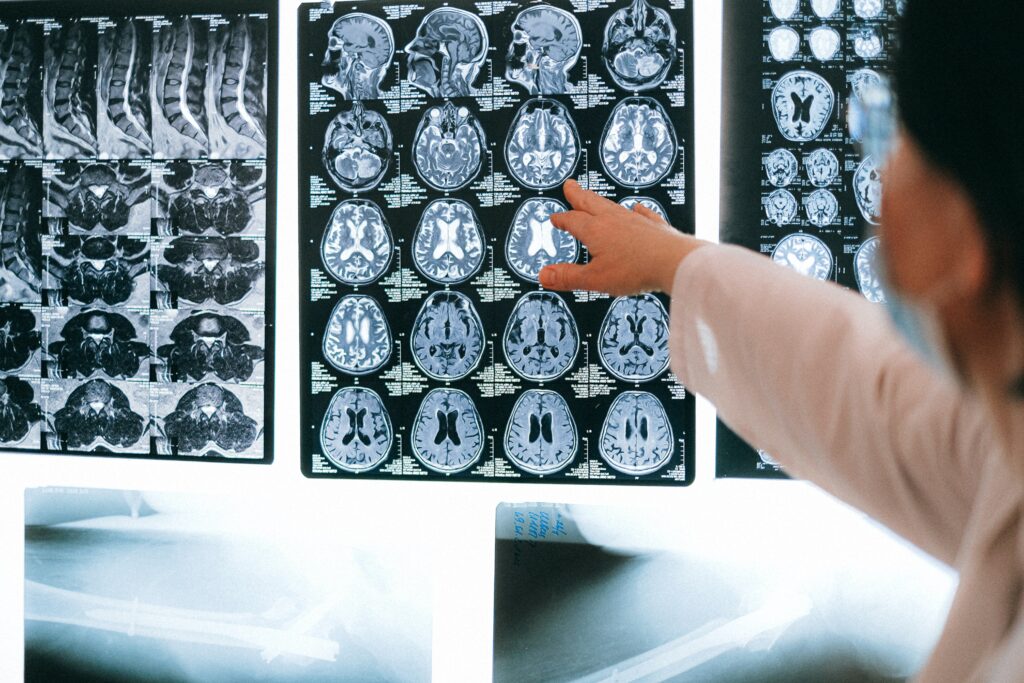Cerebral palsy is a condition that is relatively well known and affects 2 in every 1,000 babies at birth. It is essentially a grouping of disorders that affect a person’s ability to move, balance, or maintain posture, and this motor disability is most common among children.
However, as with many medical conditions, it is important for everyone to be able to get access to as much to information as possible, so this piece will discuss some of the facts you should know about cerebral palsy.
There are Different Types of Cerebral Palsy
Doctors classify cerebral palsy by the primary movement disorder, and depending on which area of the brain is affected, those who are diagnosed with cerebral palsy could experience one or more of the following symptoms:
- Spasticity—stiff muscles
- Ataxia—poor balance and co-ordination
- Dyskinesia—uncontrollable movements
The different types of cerebral palsy are as follows:
Spastic Cerebral Palsy
This is the most common type of cerebral palsy, affecting around 80% of those with the diagnosis, and this type predominantly affects the muscles. Muscle stiffness is usually in the legs but can affect other parts of the body too, including the arms, the trunk of the body, and even the senses.
Ataxic Cerebral Palsy
Those who have ataxic cerebral palsy have problems with balance and co-ordination. They can often have problems with movements that require a lot of control or that would usually be “quick.”
Dyskinetic Cerebral Palsy
People who are diagnosed with dyskinetic cerebral palsy struggle with involuntary movements of the hands, arms, feet, and legs. This particular type can also make it extremely difficult to walk or even sit.
Birth Injuries Can Cause Cerebral Palsy
Damage to the brain resulting in cerebral palsy can occur at any stage—before birth, during labor or delivery, and also shortly after birth.
Most brain injuries happen before babies are born, but a small percentage of injuries happen in the delivery room, which could be due to natural causes such as loss of oxygen to the brain or infections, or a more avoidable issue such as an accident or negligence. For anyone who suspects there has been an occurrence of a preventable case, click here to learn more about how to do cerebral palsy lawyers.
Early Signs of Cerebral Palsy
There are many different signs to look out for, not only because of how much symptoms vary, but also due to the levels of severity in which the symptoms can present themselves.
Babies who are younger than 6 months years old can feel stiff or floppy, their head can lag, and they might also seem like they are pushing away from you when you hold them.
Babies who are older than 6 months of age might not roll over, and may be unable to bring their hands to their mouths, bring their hands together, or use them both at the same time.
Babies who are older than 10 months might show signs of crawling in a lopsided manner— only using one side of their body or they may opt to move around on their bottom instead of crawling on all fours.



